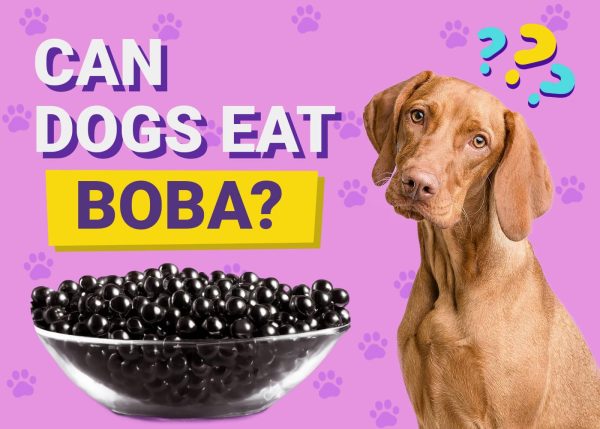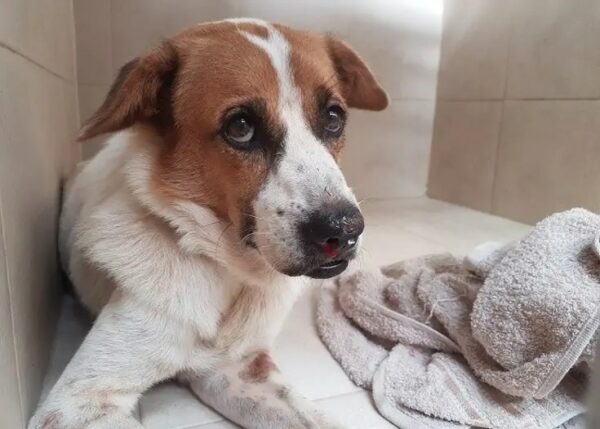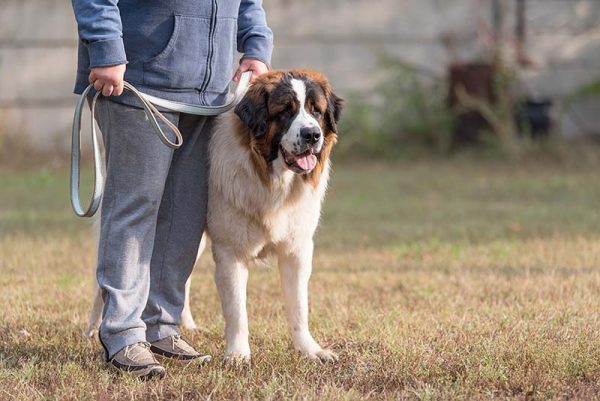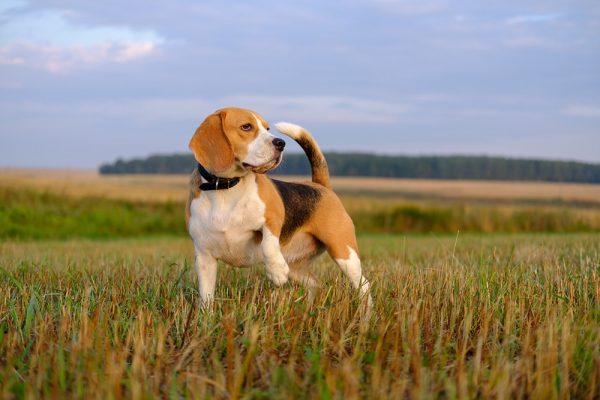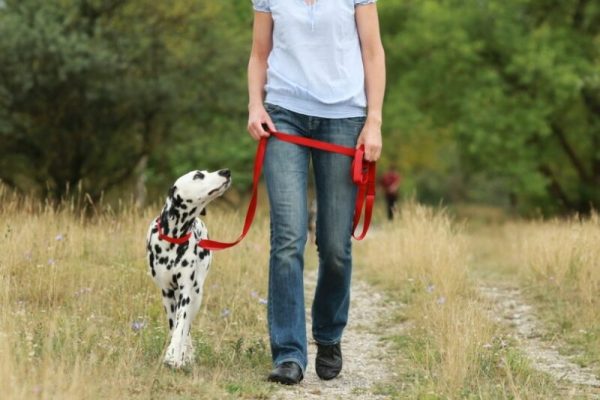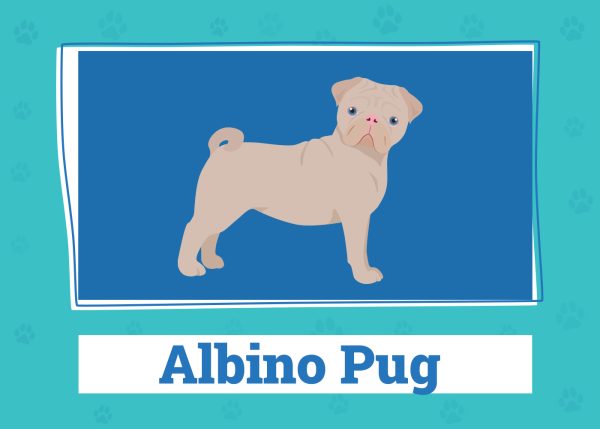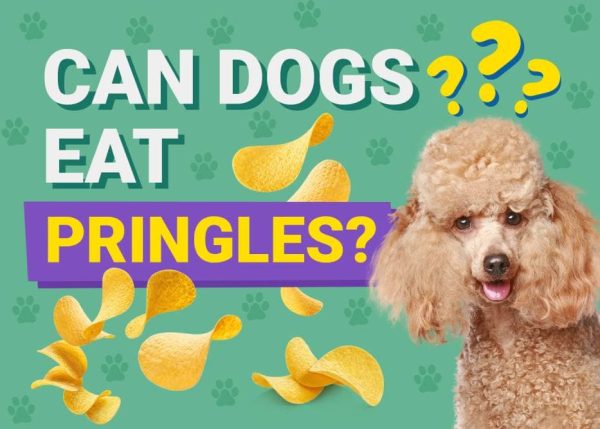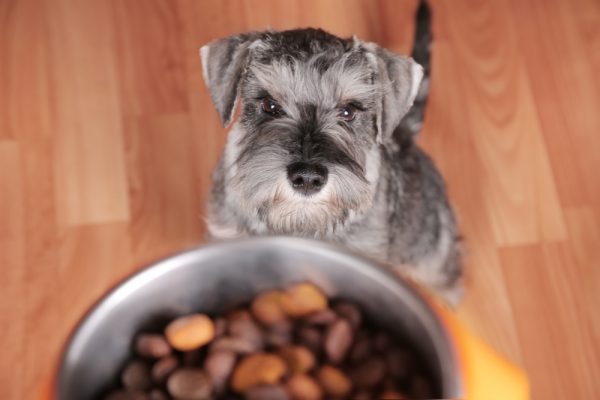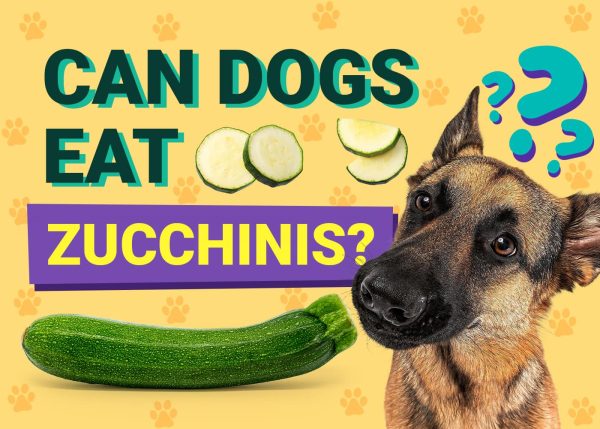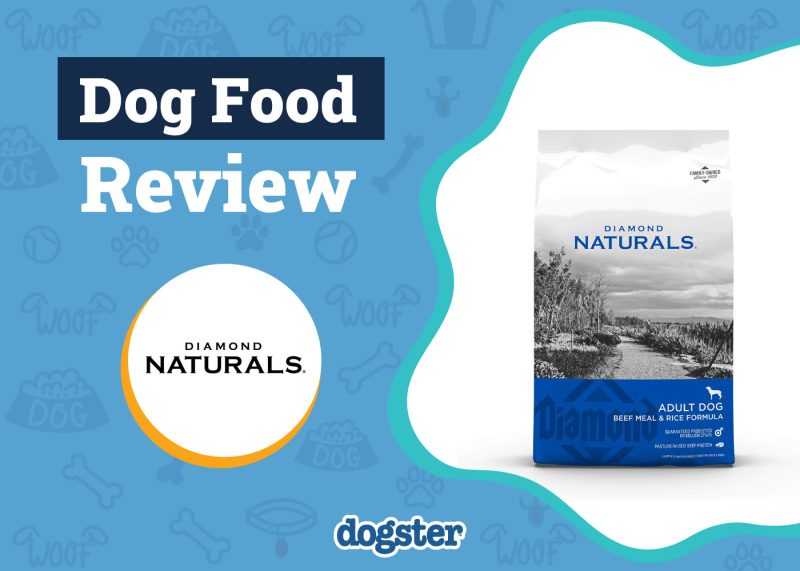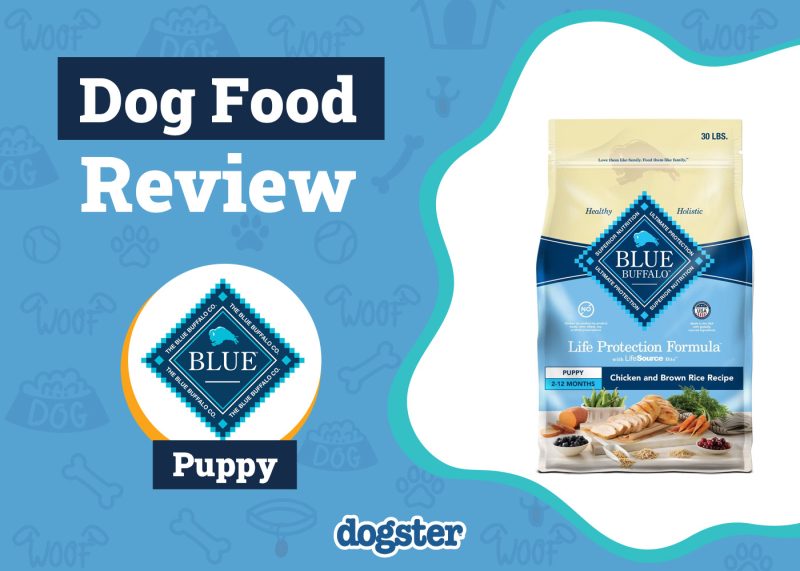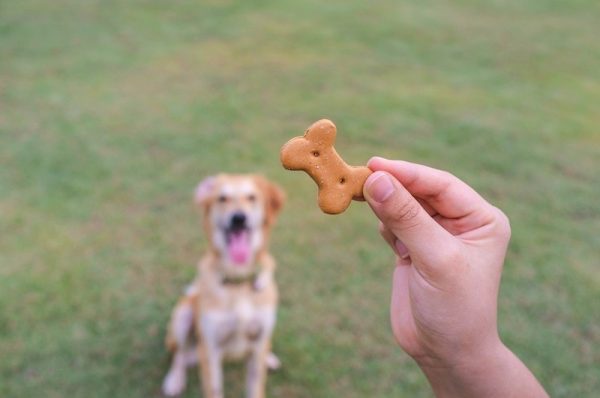We love Dachshunds for their fiery personalities and doleful eyes. Animal care workers will tell you they can be a handful but only need some extra love to become putty in your hands. Taking good care of your Dachshund includes looking after their teeth; dental problems can be severe and painful.
If you’ve noticed something wrong with your pup’s pearly whites, they may be dealing with dental problems. In this article, we’ll discuss the most common dental problems in Dachshunds.

Dachshund Teeth
Like other dogs, Dachshunds are born without teeth. Their baby teeth, also known as their deciduous teeth, start to come in at around 3 weeks. They have 28 puppy teeth, which should have erupted by around 6 weeks. Then, at around 12 weeks, they will start losing them. They can swallow the teeth, so you don’t usually find them!
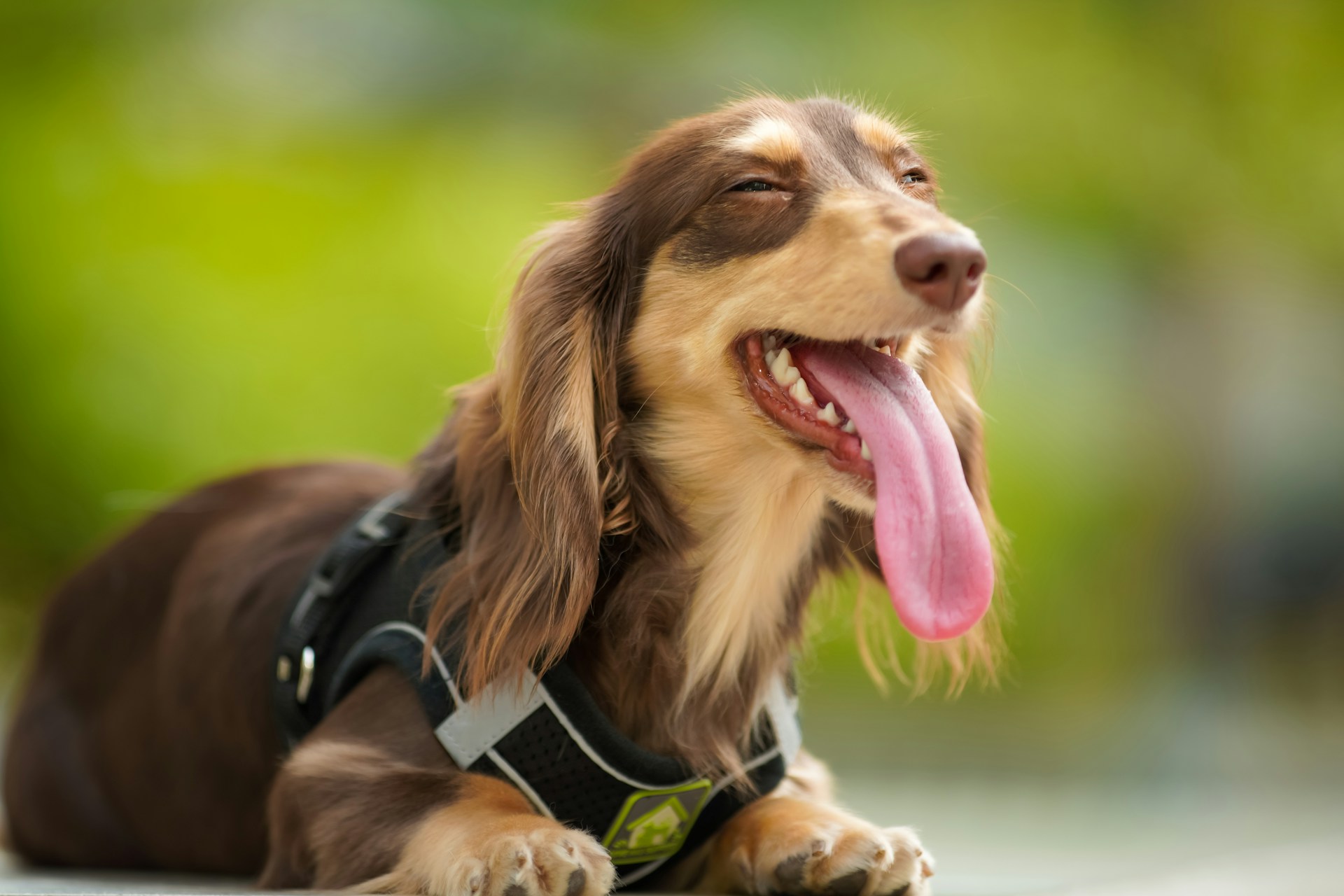
Dachshunds have 42 adult teeth, which should all be present by the age of 7 months.
- Incisors: The small teeth at the front of the mouth are incisors. There are six incisors on the top and bottom jaw.
- Canines: The long “fangs” that come after the incisors are canines. There are four in total, one on each side of the top and bottom jaw.
- Premolars: The next four teeth on each side of the top and bottom jaw are called premolars. They are roughly triangular in shape. The largest tooth in the upper jaw, the carnassial, is the fourth premolar.
- Molars: The teeth at the very back of the jaw are called molars. The bottom jaw has 3 molars on each side, while there are only two on each side at the top. The carnassial in the lower jaw is a molar.
A tooth may seem like a simple structure, but that is not the case! Each tooth is anchored into its socket in the jaw with a strong ligament called the periodontal ligament, which surrounds the root of each tooth.
The tooth has three layers: the strong outer layer, called the enamel; the dense middle layer called the dentin; and the inner pulp, which contains nerves and blood vessels that enter the tooth at the root.

The 10 Common Dachshund Teeth Problems
1. Periodontal Disease
| Cause(s) | Bacterial infection of the periodontal ligament |
| Signs | Gingivitis, thick layer of dental calculus, difficulty eating, pain, bad breath |
| Treatment | Dental scale and polish, dental extractions |
As dental disease progresses, bacteria infect the periodontal ligament, causing inflammation and infection all around the tooth. The tooth becomes wobbly, and at this stage, the damage can’t be reversed. Small dogs like Dachshunds are most prone to periodontal disease.
Periodontal disease is painful and causes bad breath and drooling. Your dog might also paw at their mouth if they are feeling pain. Typically, they will want to eat soft food only and won’t want to chew. Your vet can arrange for your dog to have a dental procedure that will include a scale and polish, dental X-rays, and extractions as needed.
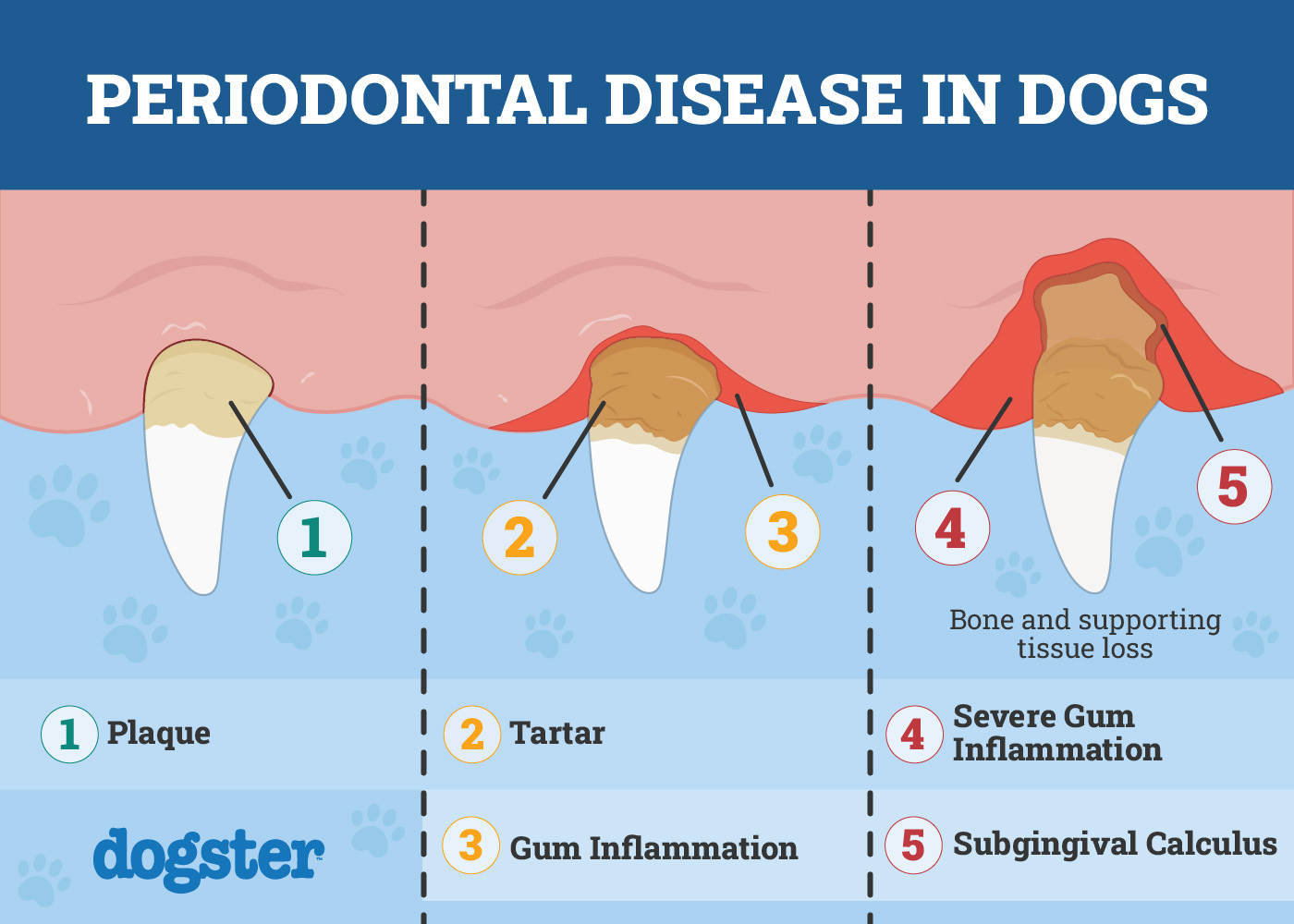
2. Gingivitis
| Cause(s) | Plaque |
| Signs | Red gums, yellow/brown scale on teeth, bad breath |
| Treatment | Dental care |
Like in humans, bacteria can accumulate on a dog’s teeth, causing a sticky, yellow layer of plaque to form. As the plaque becomes mineralized, it turns hard and brown, which is called calculus. Gingivitis is the inflammation of the gums caused by plaque.
Gingivitis is the first stage of dental disease. Luckily, it is completely reversible at this point, but it requires plaque removal from the teeth. Good dental care can resolve the issue if your dog has a little plaque. However, dental calculus is harder to remove, and your vet may recommend a dental scale and polish to get on top of the issue quickly before more serious issues appear.
If you need to speak with a vet but can't get to one, head over to PangoVet. It's our online service where you can talk to a vet online and get the advice you need for your dog — all at an affordable price!

3. Tooth Root Abscess
| Cause(s) | Infection surrounding the tooth root |
| Signs | Off food, pain, drooling, discharge, bad breath, facial swelling |
| Treatment | Dental extractions, pain relief, antibiotics |
A painful consequence of periodontal disease is a tooth root abscess. This involves a large pocket of pus developing around the tooth, leading to a visible swelling in the jaw. The abscess can drain from the face or mouth, which will lead to a thick yellow discharge.
Tooth root abscesses are very painful, and dogs usually cannot eat if they have one. They can also be unwell because they are fighting off an infection. They can drool a lot, and their breath can be very pungent. Typically, your vet will prescribe pain relief and antibiotics for your pup and arrange a dental cleaning with extractions as needed.
4. Retained Deciduous Teeth
| Cause(s) | Developmental: Baby tooth does not loosen and fall out |
| Signs | Additional teeth, presence of baby teeth in dogs older than 7 months |
| Treatment | Extraction of deciduous tooth |
In normal development, the root of the deciduous tooth starts to resorb, leading to it being loose and falling out as the adult tooth erupts. However, some of the baby teeth, especially the canines, remain firmly anchored in place in some Dachshunds. This can sometimes run in families.
The problem with retained deciduous teeth is that they block the other teeth from emerging into a normal position. The crowding of teeth causes food to be trapped and tartar accumulates. This is why your vet should extract the retained deciduous teeth.
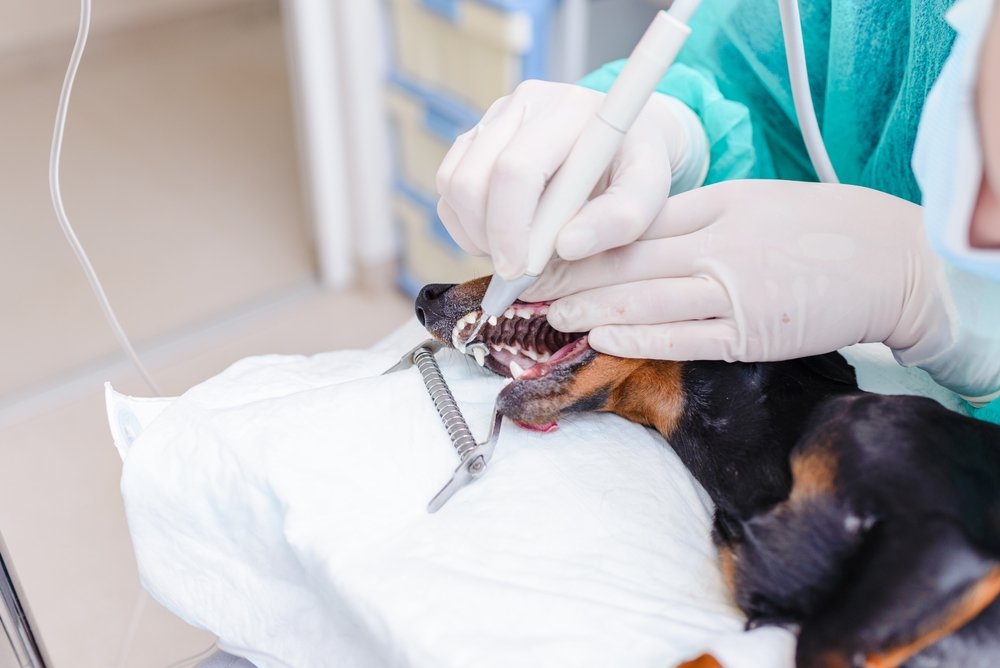
5. Malocclusions
| Cause(s) | Genetics, retained deciduous teeth, trauma, or infection during development. |
| Signs | Teeth sitting in abnormal positions, overbite or underbite |
| Treatment | Ball therapy, extractions, crown reduction, or orthodontics. Some may not need treatment. |
Dental malocclusions are where the teeth don’t sit in the correct position. Usually, the lower jaw is slightly shorter than the upper jaw, meaning the lower incisors sit behind the upper incisors with a slight overlap. The lower canines will sit in front of the upper canines. None of the teeth should rub against areas of gum or other teeth.
Problems can occur because of the way the teeth erupt or the jaw grows. Dachshunds can commonly have a lower jaw that is too short or narrow, which can lead to the lower canines hurting the palate. Retained lower canines can also cause the permanent canines to grow upright into the palate.
Malocclusions are evident before a year of age. Depending on the situation, dental extractions, crown reduction, or orthodontics (yes, that means braces!) can be recommended. For base-narrow lower canines specifically, ball therapy can help the teeth grow into a normal position. Then again, some malocclusions may not cause any serious problems for the dog and may not need intervention.
6. Dental Fractures
| Cause(s) | Trauma, chewing hard objects |
| Signs | Broken teeth, pain |
| Treatment | Root canal or extraction, tooth restoration |
Your dog can fracture their teeth if they are involved in an accident, like a dog fight or being hit by a car, or they chew a bit too enthusiastically on something hard like bone, metal, or rock. A dental fracture that goes through the pulp cavity is known as a complicated fracture.
Dental fractures are painful and cause teeth to become more sensitive. Complicated fractures are prone to infection and need to be treated with root canal therapy or extraction. Small, uncomplicated fractures can be restored by veterinary dentists using crowns.
7. Worn Teeth
| Cause(s) | Abrasion over time, heavy chewing, tennis balls |
| Signs | Flattened, stumpy teeth, brown stain on the surface of the teeth |
| Treatment | Sometimes none, crowns, root canal, extraction |
Worn teeth can occur from heavy chewing or chewing on hard objects like rocks and bones. Dachshunds with skin allergies might also wear out their teeth from biting their itching skin. Tennis balls are also often implicated in worn teeth. Their abrasive surface acts like sandpaper in the mouth, particularly when they pick up sand and dirt during a game of fetch.
Teeth that are worn down can look short, like fractured teeth, but have a smooth surface. Since wear on the teeth usually occurs over time, the tooth can compensate by protecting the pulp cavity with layers of dentin that produce brown stains. Then again, sometimes the pulp cavity is exposed, necessitating treatment to prevent pain and infection.

8. Pulpitis
| Cause(s) | Trauma, chewing hard objects |
| Signs | Pain, discolored tooth |
| Treatment | Extraction, root canal |
Think of pulpitis as a bruise in the tooth. It occurs when the tooth gets a hard knock that causes bleeding and inflammation in the pulp cavity. This is why the tooth becomes discolored, like a bruise; initially, it will look pink or purple, but it turns brown or gray.
The pressure building up in the tooth becomes very painful for the dog. The canine teeth are the most prone to developing pulpitis. Mild cases can resolve on their own, but they often go unnoticed. Most of the time, extraction or root canal therapy is recommended to prevent infection, pain, and bone loss.
9. Enamel Hypoplasia
| Cause(s) | Trauma, infections, malnutrition |
| Signs | Brown/yellow staining on teeth, misshapen teeth |
| Treatment | Dental care, tooth restoration, extraction |
Enamel hypoplasia occurs when the enamel doesn’t develop properly. The damage occurs while the tooth is still developing before it emerges. Trauma, infections, and malnutrition can interrupt enamel formation. The tooth will look abnormal when it erupts, and exposed dentin will stain brown or yellow.
The teeth can be sensitive and more prone to infection and tartar accumulation. Depending on what caused the problem, one, multiple, or all teeth can be impacted. For minor defects, sometimes all that is needed is regular brushing to prevent tartar. However, more advanced treatments like tooth restoration or extraction are often recommended.
10. Dentigerous Cysts
| Cause(s) | Unerupted teeth |
| Signs | Missing teeth, swelling, pain |
| Treatment | Extraction, surgery |
Sometimes, a tooth doesn’t erupt due to overcrowding, thick gum tissue, abnormal positioning, or weak eruption forces. Some of these issues can be genetic. Unerupted teeth can lead to dentigerous cysts, fluid-filled cavities within the jaw that house the tooth.
Dentigerous cysts can get large and destroy the surrounding bone before they are noticed. They are painful, and you might notice your dog pawing at their face or refusing hard food. Ideally, unerupted teeth are removed when they are first noticed. However, if a dentigerous cyst forms, this needs to be surgically removed too.

Dental Care for Dachshunds
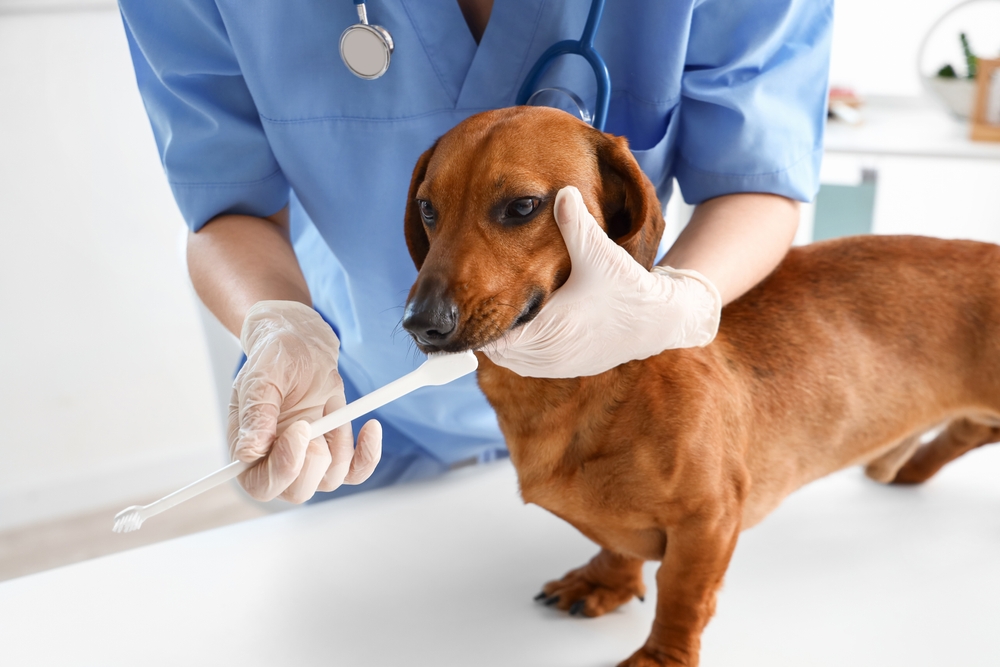
Some dental problems are outside of your control. However, there are ways to look after your pet’s teeth at home, preventing your dog from experiencing pain and discomfort and saving you money on dental work. Here is our advice:
- Brush your dog’s teeth: Teeth brushing is the most effective way to reduce plaque and prevent calculus. Daily brushing is ideal for the best results, and if you want to use toothpaste, use one designed for dogs.
- Use Veterinary Oral Health Council (VOHC) approved products: The Veterinary Oral Health Council approves products like chews, water additives, supplements, and foods that help prevent dental disease in dogs.
- Feed dry food: Dogs that eat dry food will have fewer oral bacteria and less plaque than dogs eating canned food.
- Don’t feed bones: Bones and other hard chews like horns and hooves can fracture or bruise a dog’s teeth. Keep their teeth healthy by not offering them anything too hard.
- Discourage chewing hard objects: Some dogs are heavy chewers, and others like the texture of rocks or other hard objects. Encourage healthy chewing habits by redirecting them to something more appropriate. You could also try a bitter spray on the items you don’t want them to chew.
- Use rubber balls instead of tennis balls: The abrasive surface of tennis balls and their tendency to pick up dirt are not good for your dog’s teeth. Using rubber balls will be better for them.
- Have regular veterinary check-ups: Keeping up with regular visits will ensure they remain holistically healthy, including their teeth.

Final Thoughts
Dachshunds are prone to plaque, tartar, periodontal disease, and some developmental dental problems. Accidents can also happen, which can damage the teeth. Not all these problems can be avoided, but you can follow our advice to look after your dog’s teeth. You should also ask your vet about your puppy’s teeth if you are concerned. If there’s a problem, they’ll develop a plan to help your dog.
Featured Image Credit: Pixel-Shot, Shutterstock


